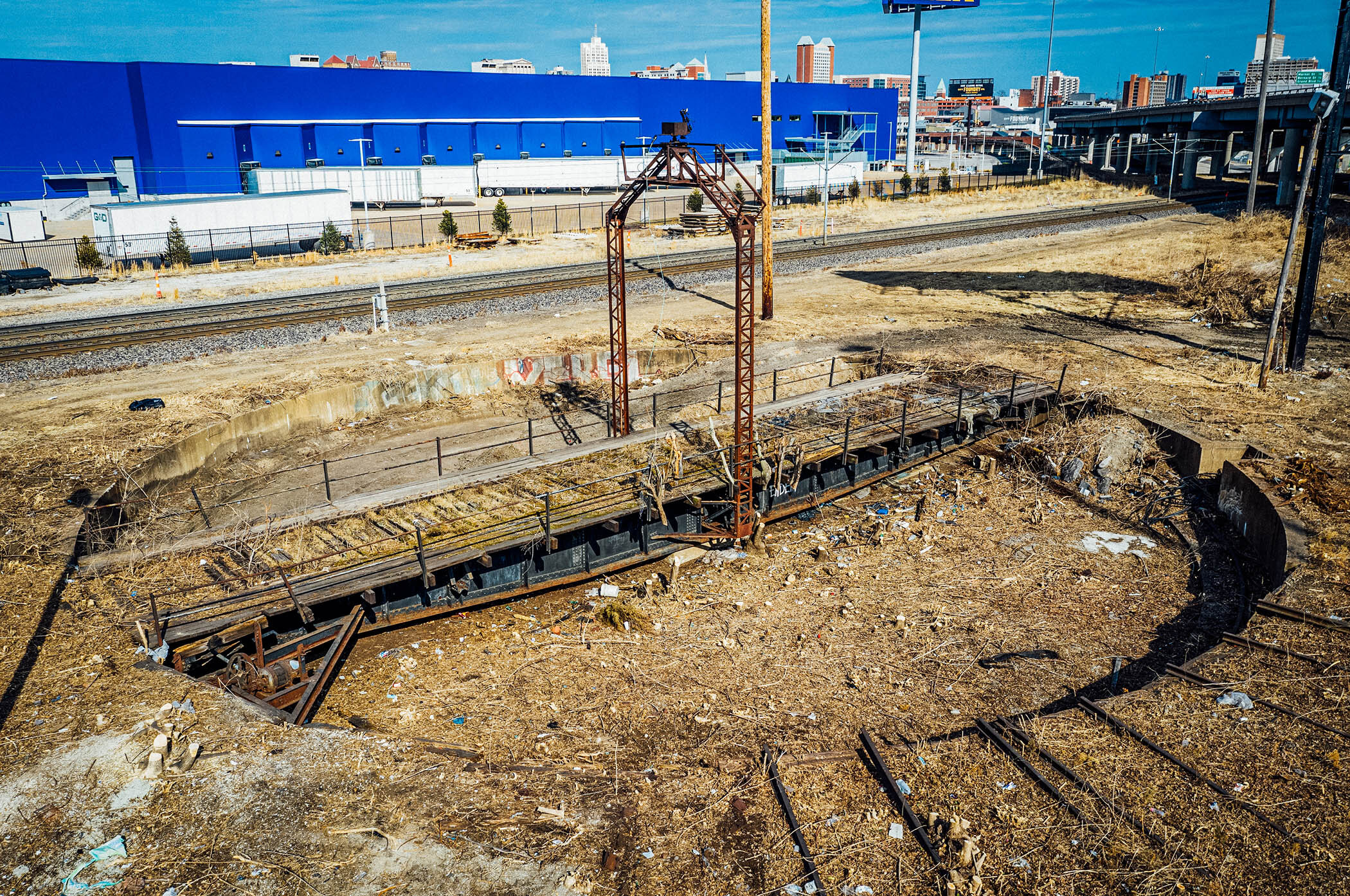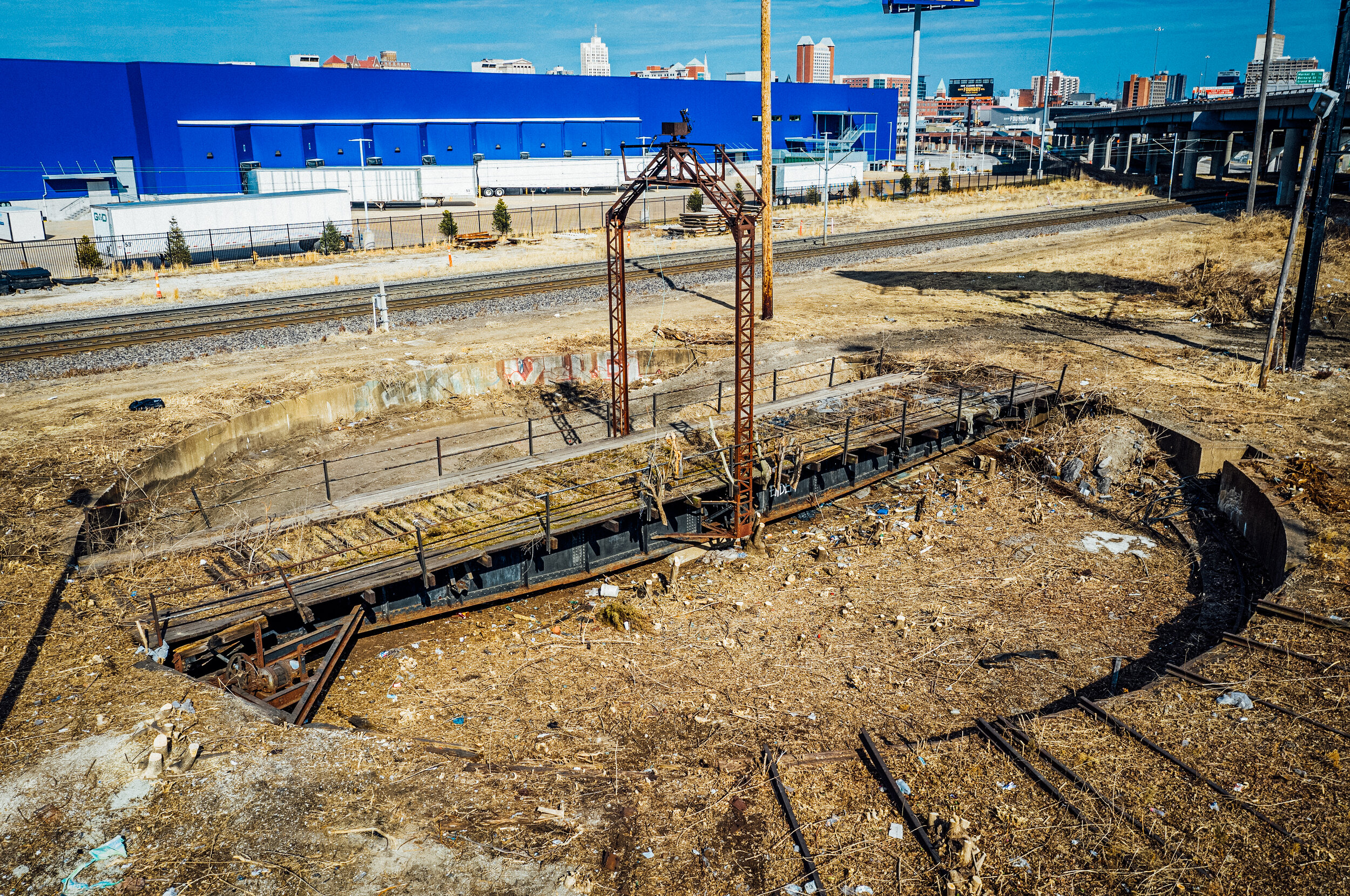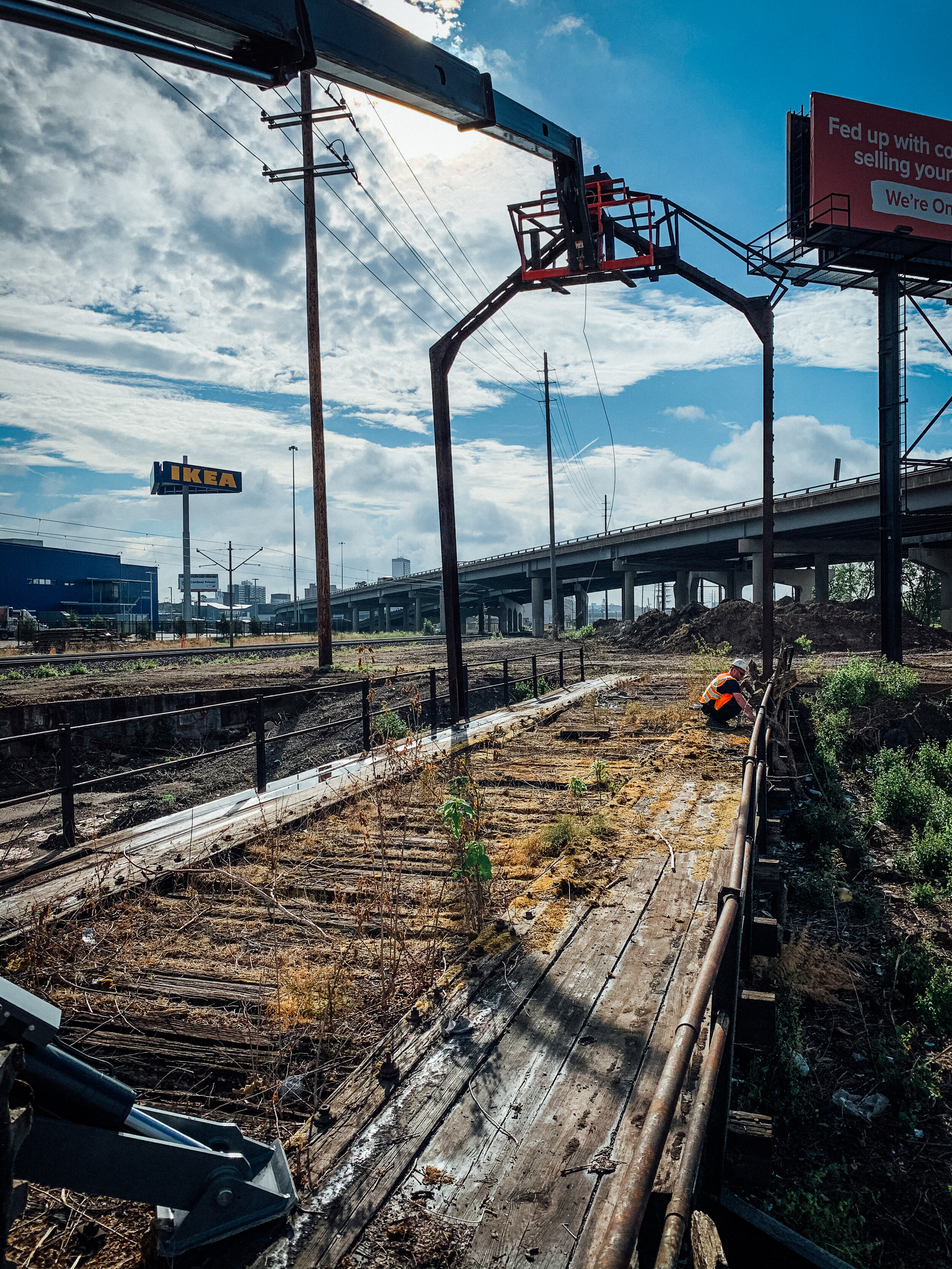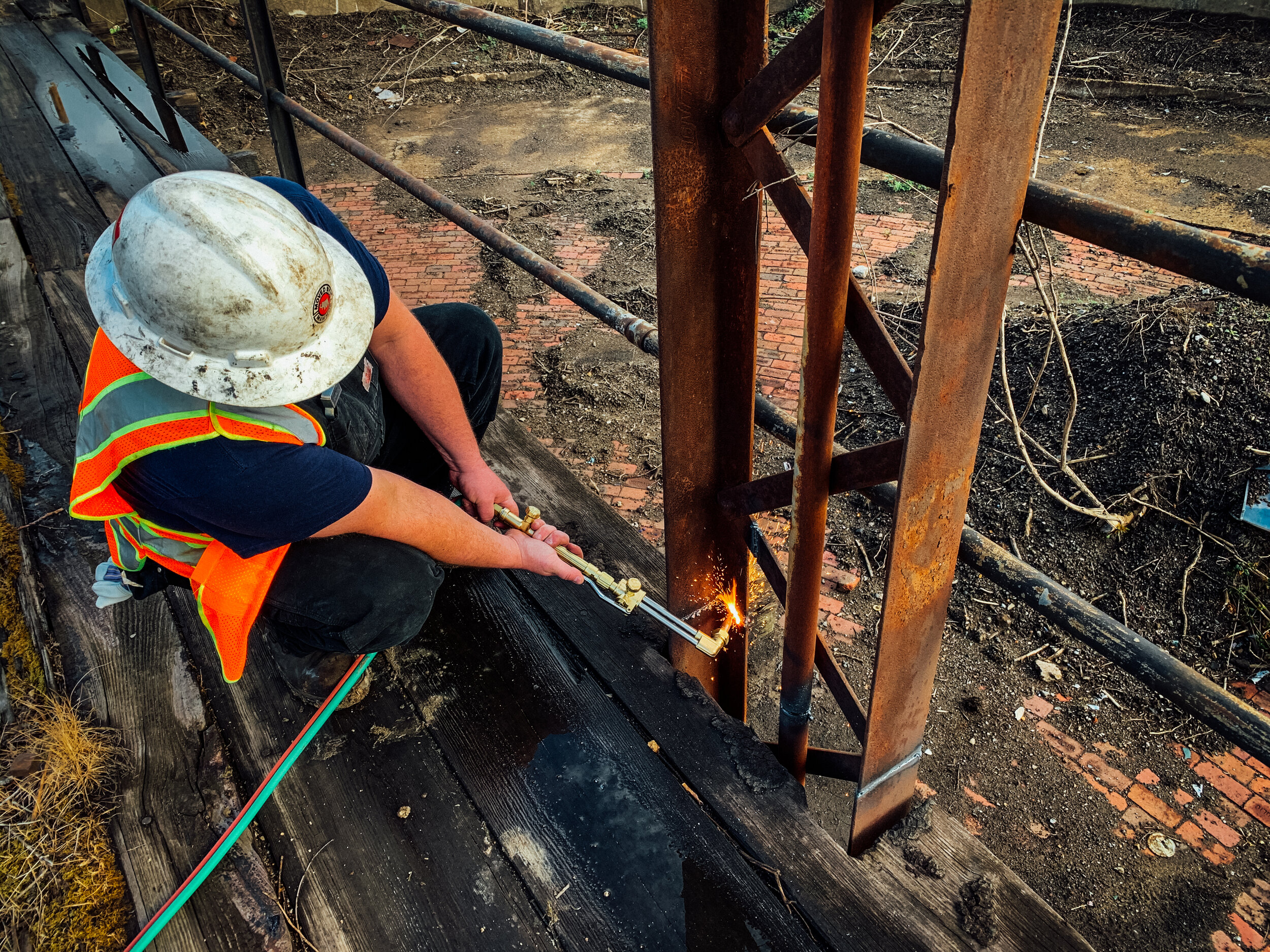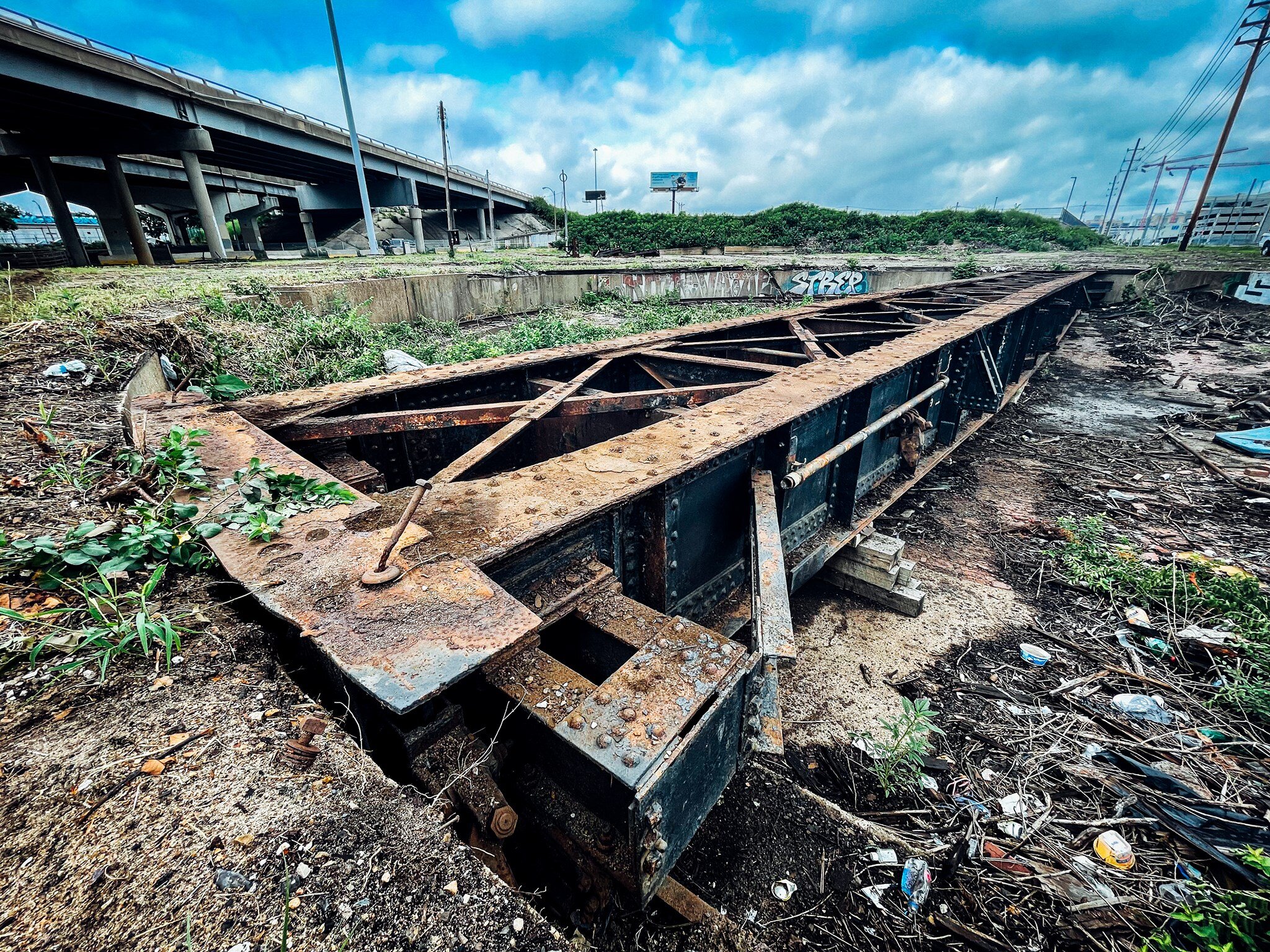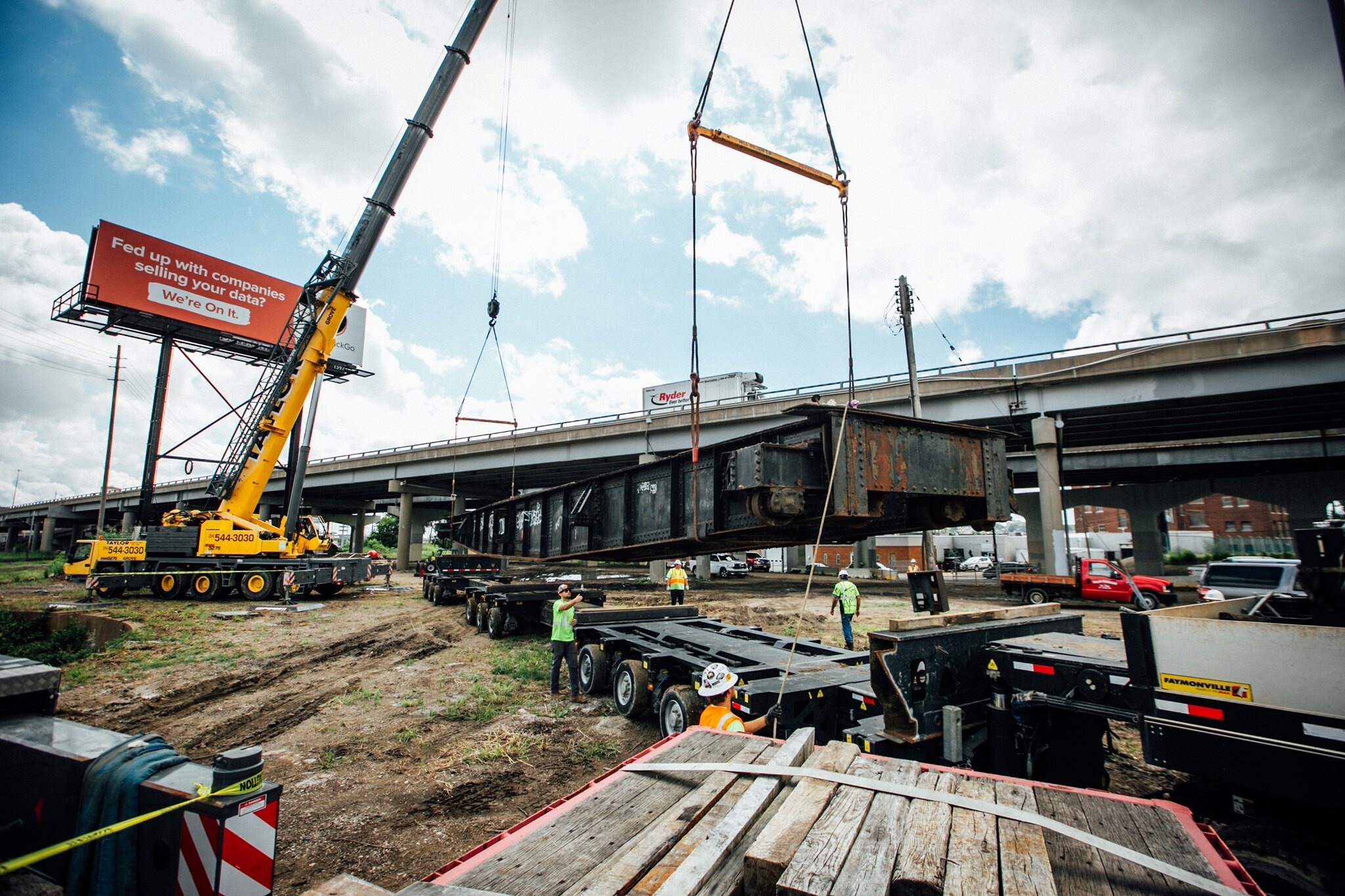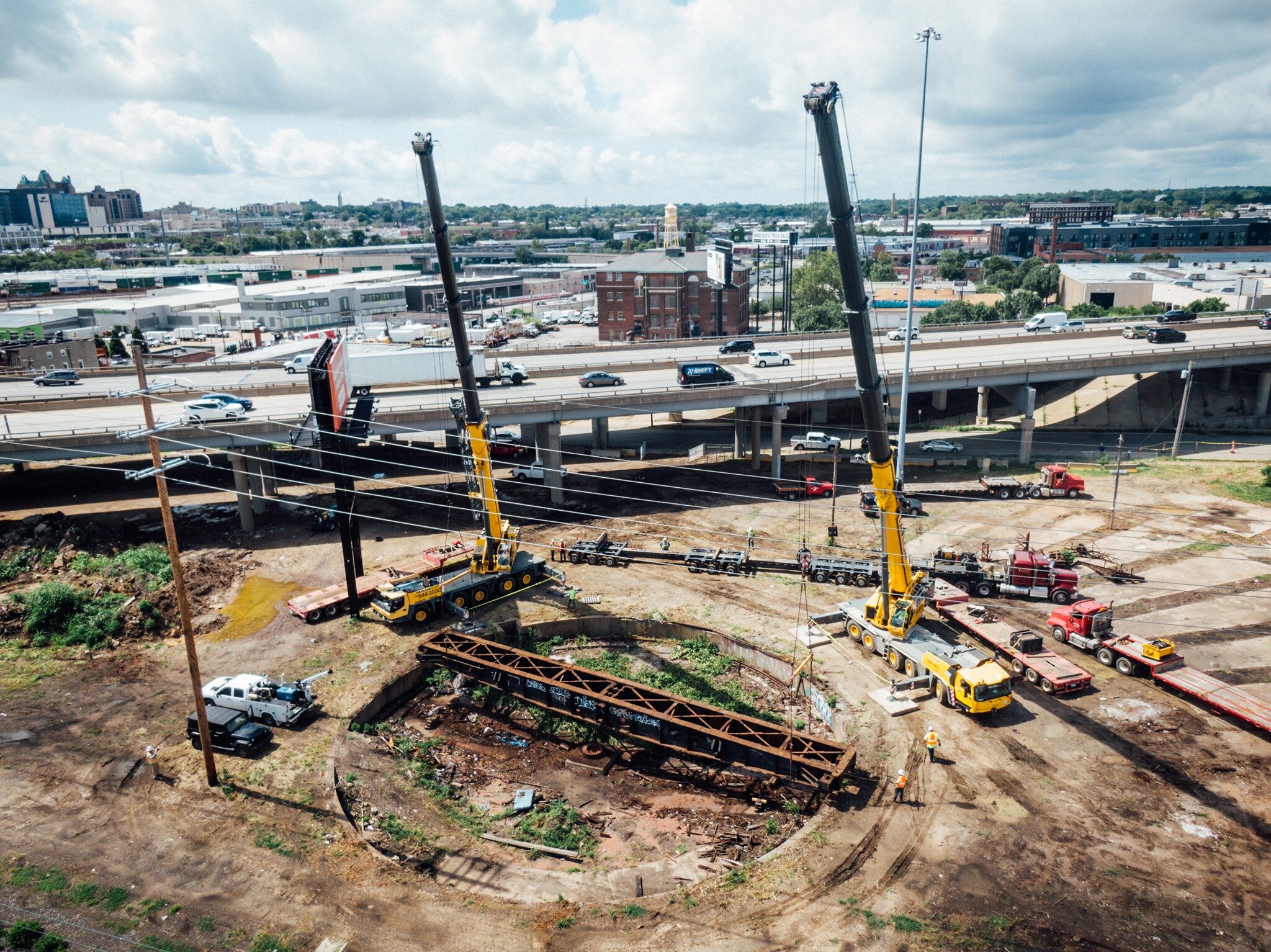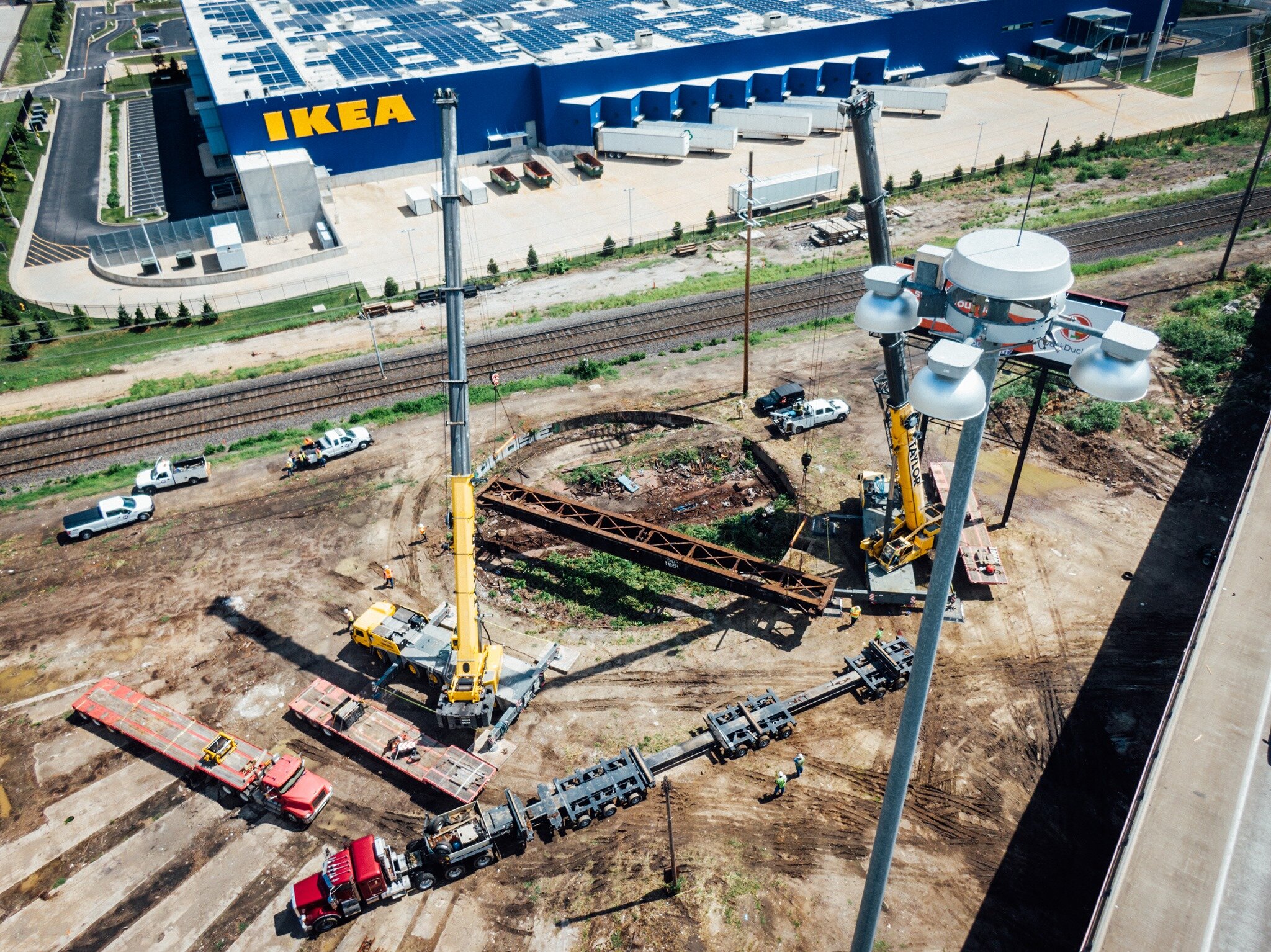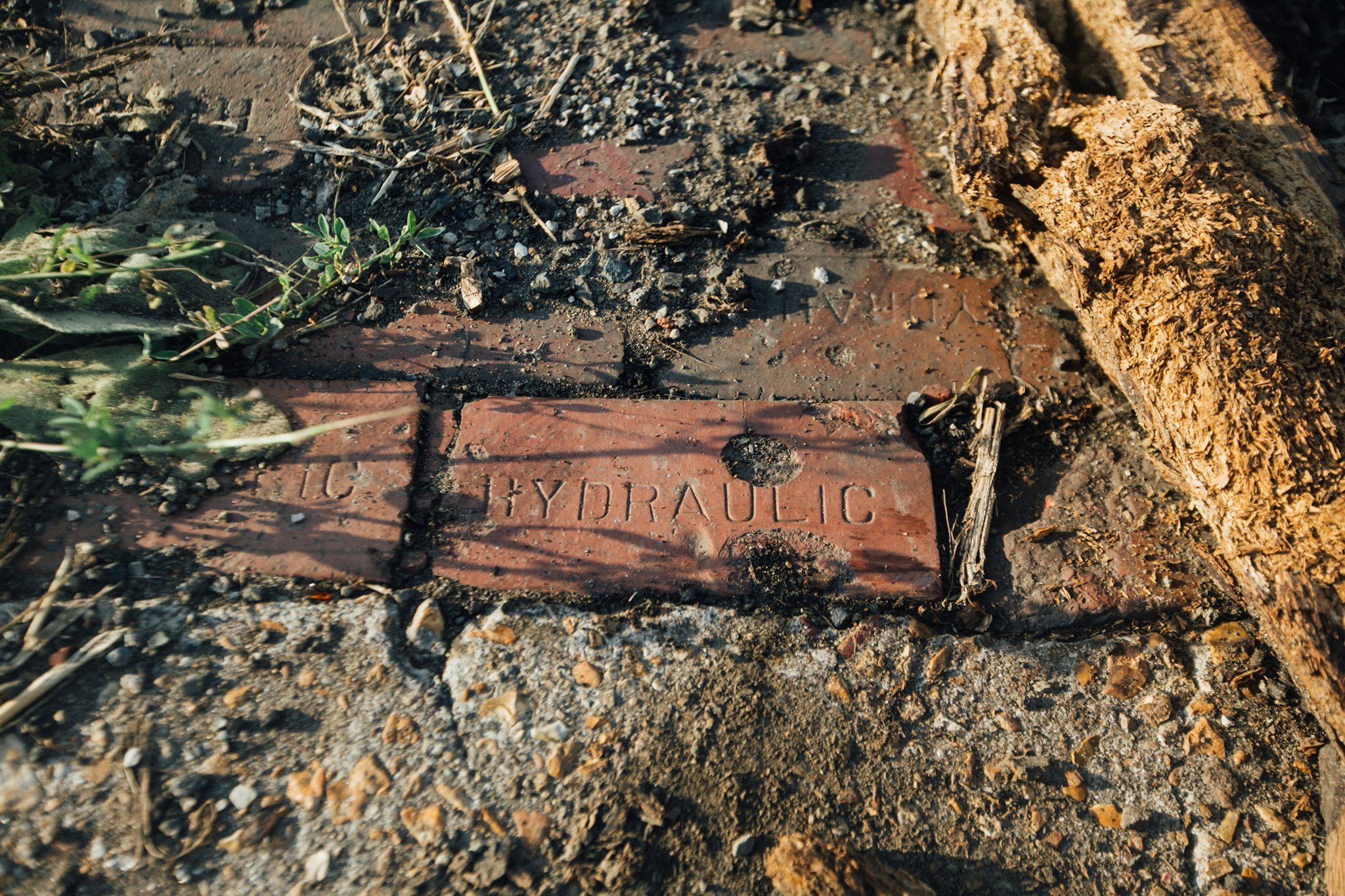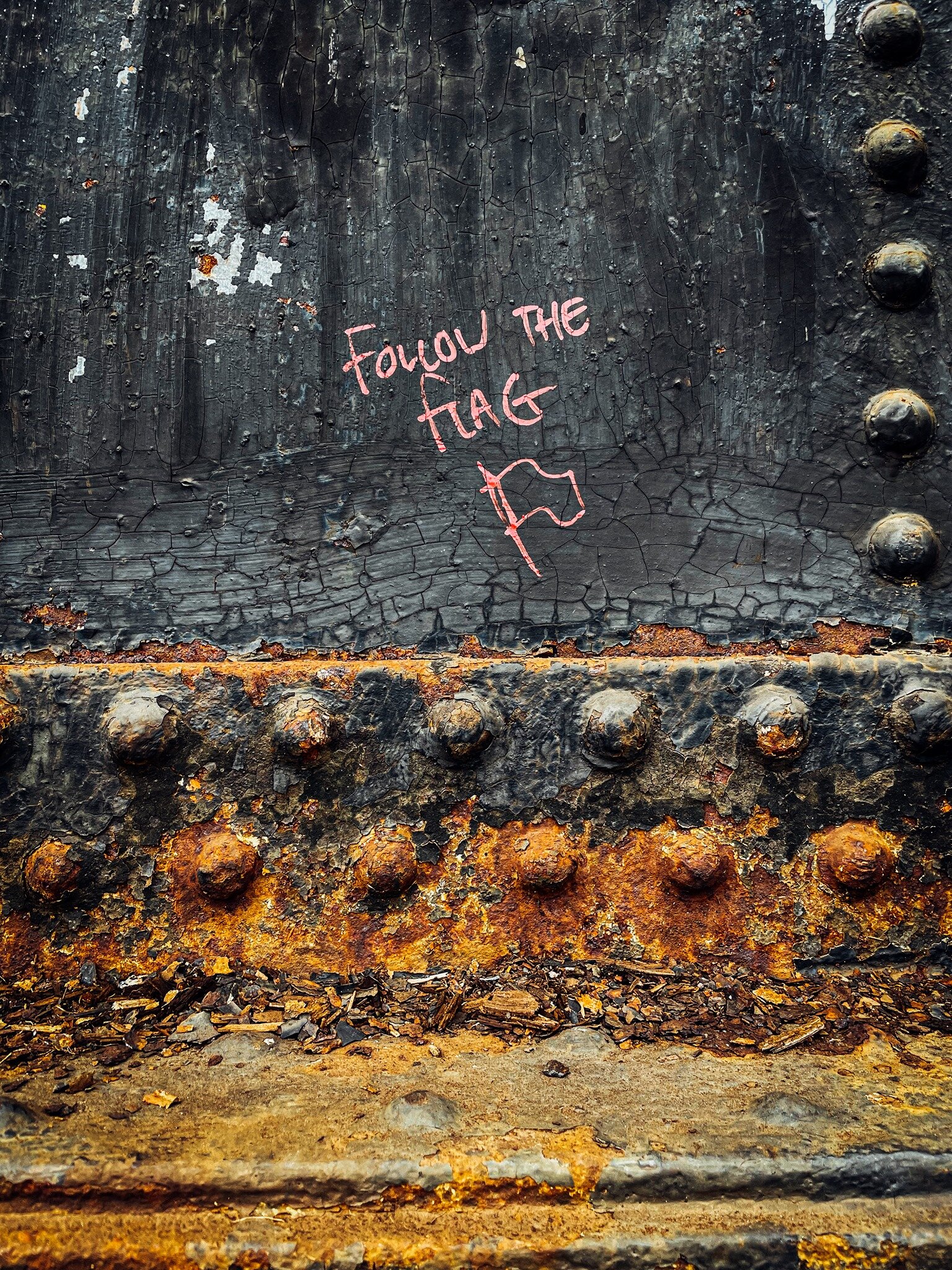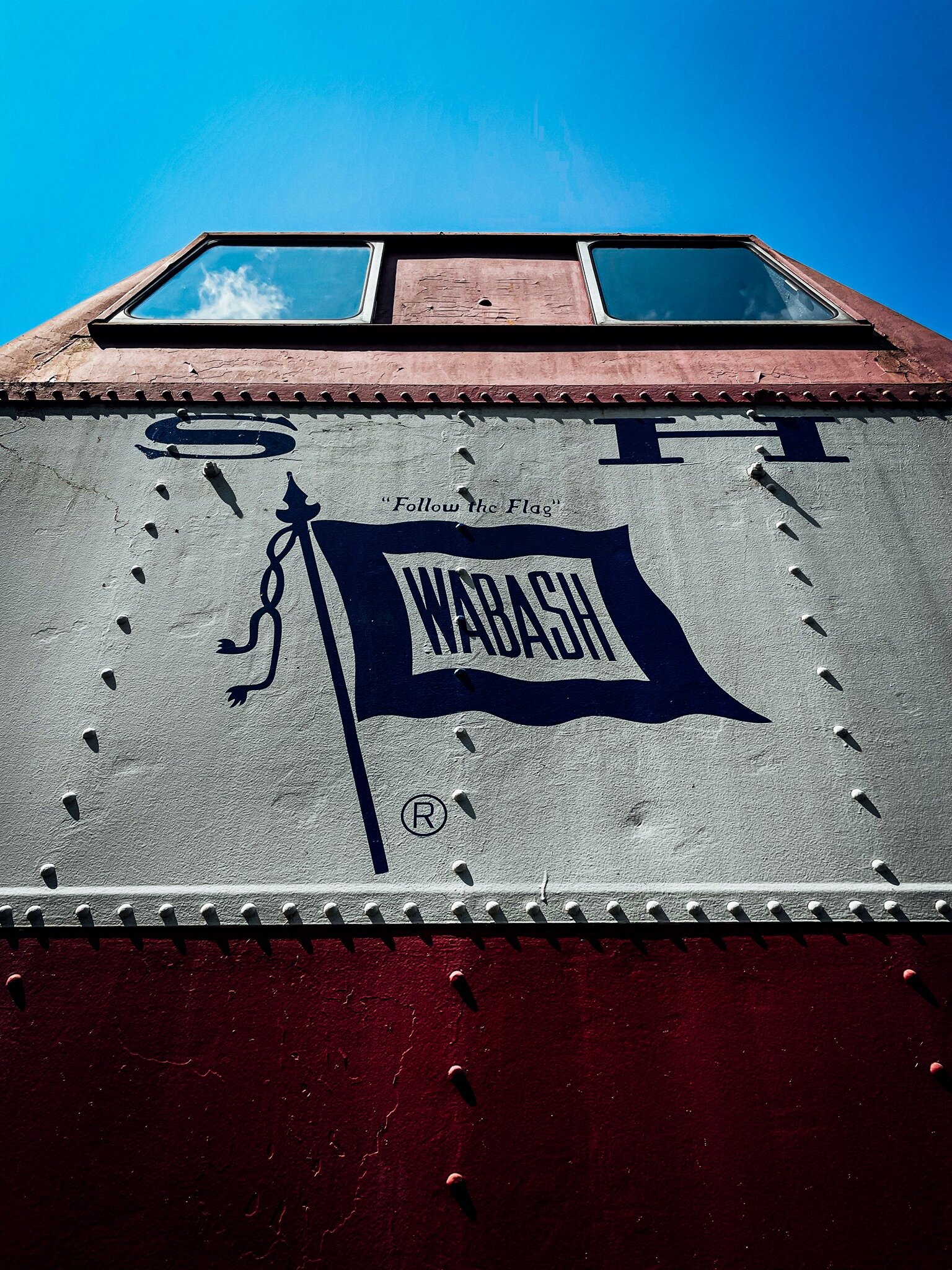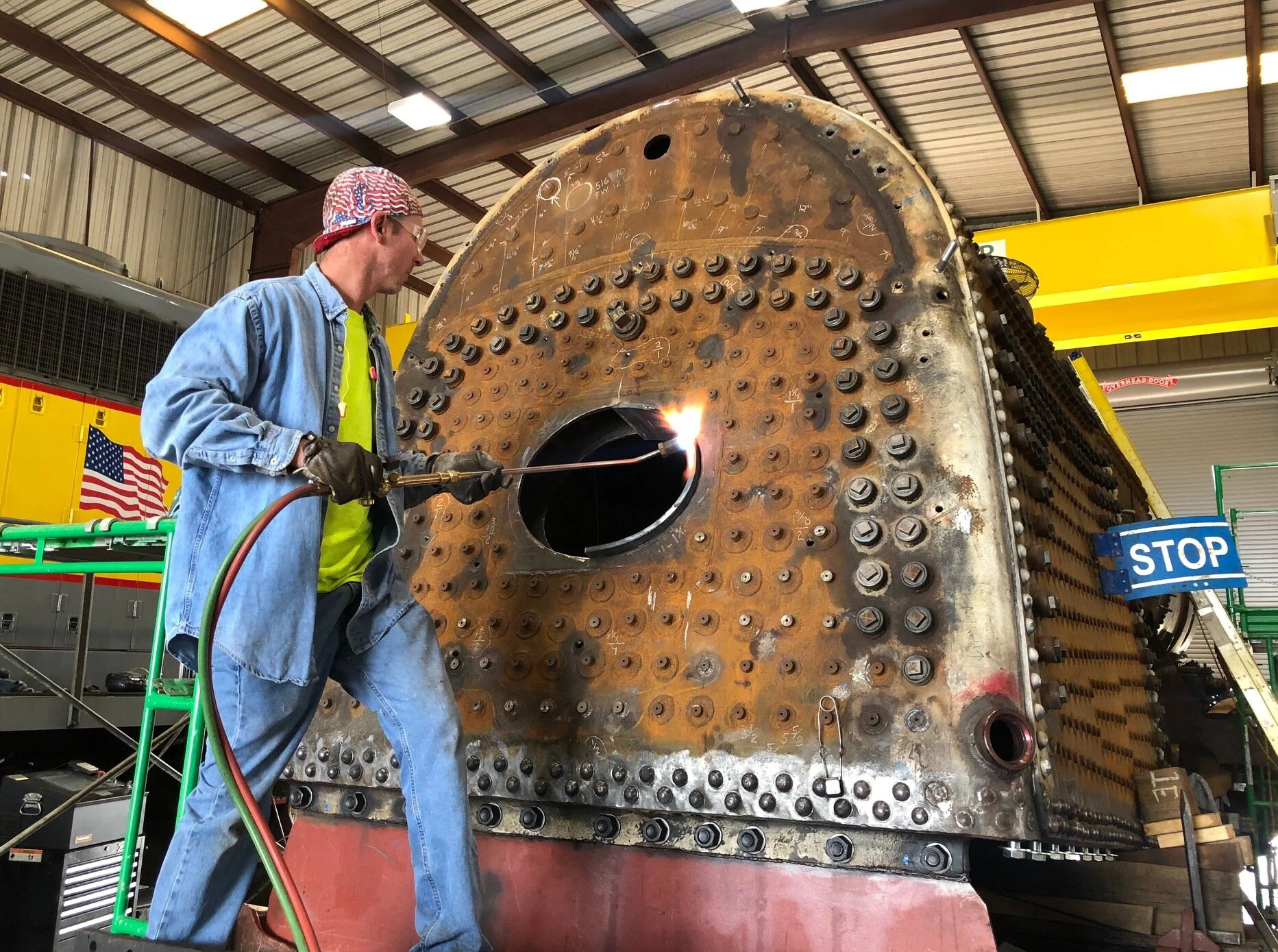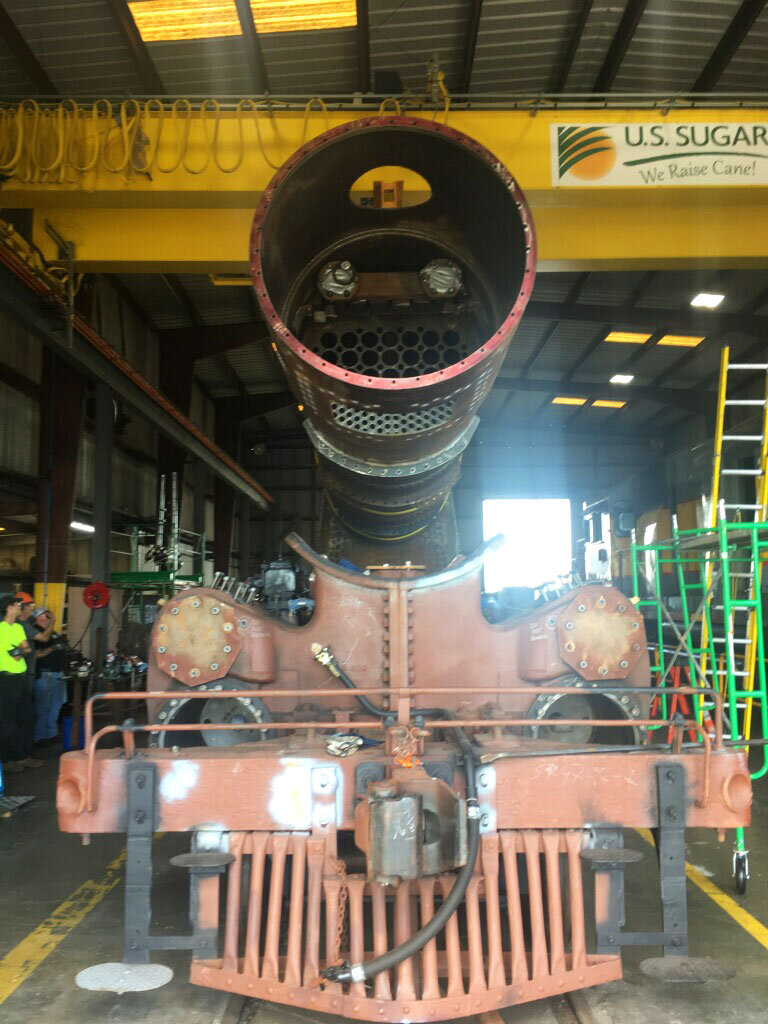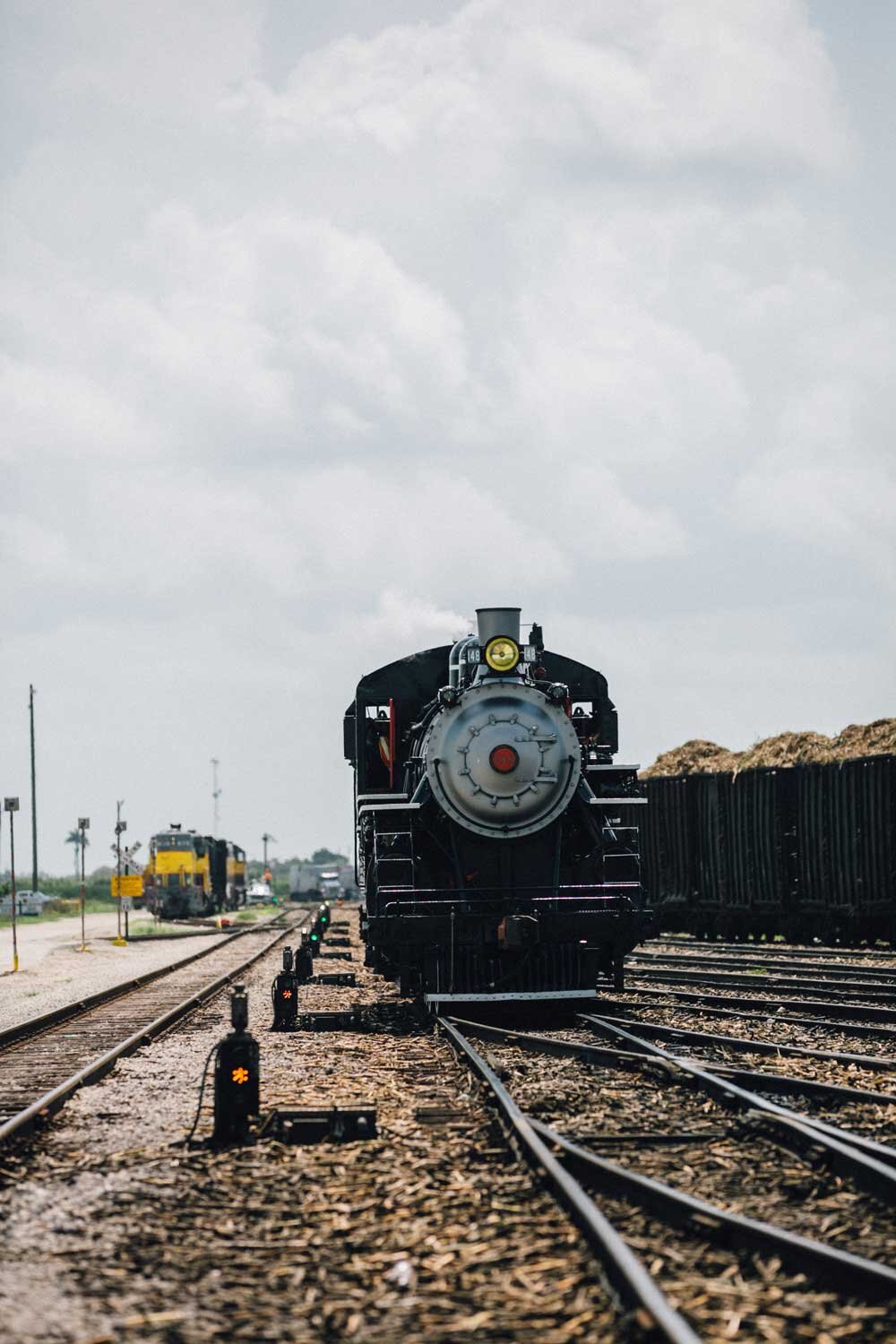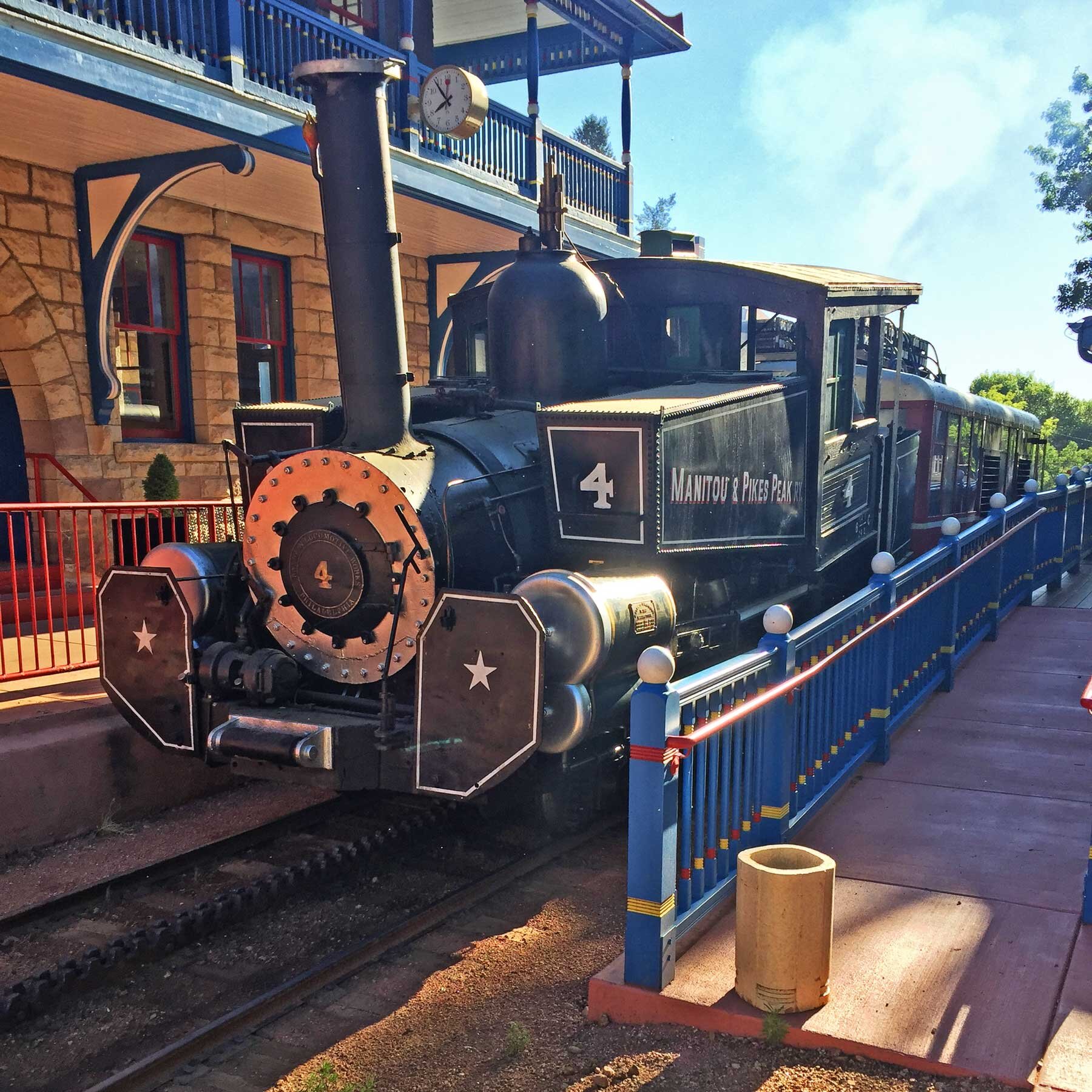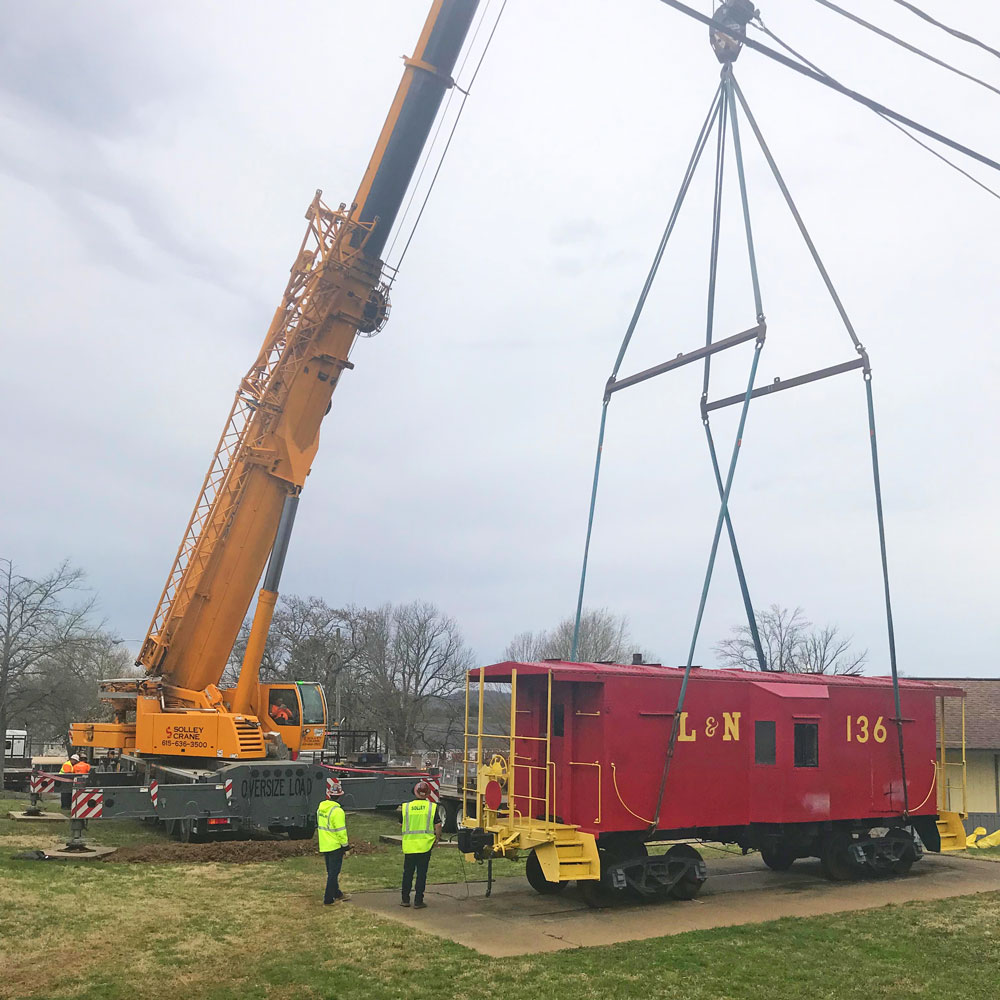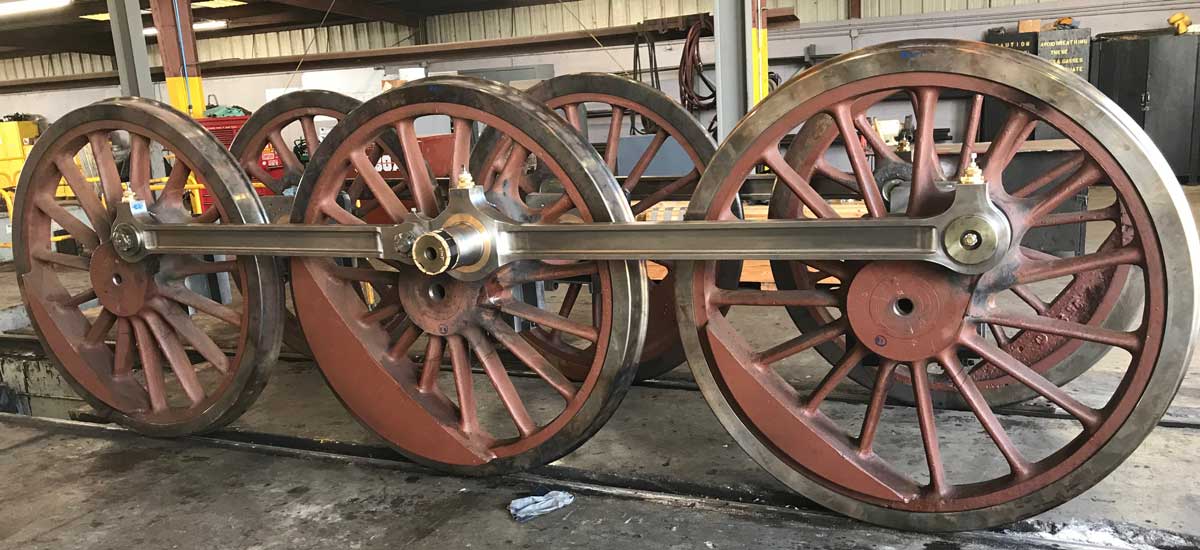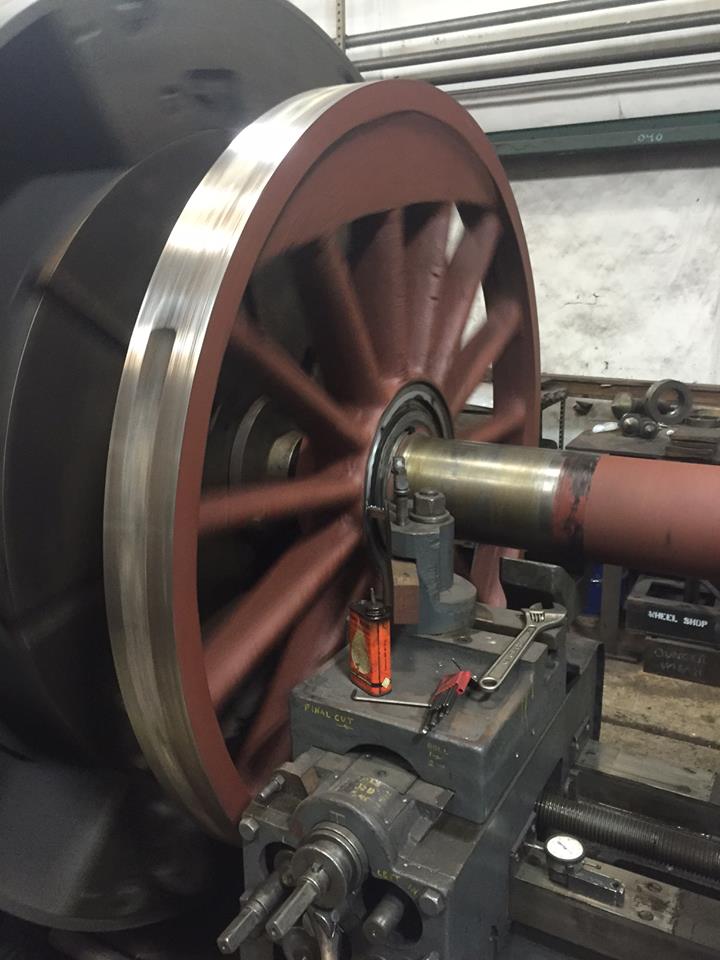ST. LOUIS, MO (July 14th) - A historic Wabash Railroad turntable has been rescued from obscurity and will be preserved as part of a planned steam-driven tourist railroad in South Central Florida.
MetroLink, a light rail system serving the greater St. Louis region, had sought a new home for the historic structure for over 25 years. As MetroLink cleared the area for redevelopment, the turntable’s fate was uncertain. Earlier this year, representatives from FMW Solutions LLC, an industry contractor with expertise in rail preservation and logistics, approached MetroLink with several options to save the structure.
Since February, FMW has worked with MetroLink to clear the site and turntable, removing and salvaging structural components and wood, and even managed to save two newborn kittens that were living in the turntable pit. Nicknamed “Link” and “Wabash,” the kittens were turned over for adoption at the local humane society.
The 90-foot long, 62-ton turntable will make a thousand-mile journey from St. Louis to Clewiston, Florida, where plans call for it to ultimately be restored and used as part of the Sugar Express, a regional tourist train operation in the Lake Okeechobee region.
“The installation of this turntable will be an important step toward our future goal of offering public excursions on the Sugar Express, where passengers will be able to see South Florida farming operations firsthand aboard an historic steam locomotive-driven railroad,” said Scott Ogle, General Manager of the Sugar Express. “We appreciate the staff at FMW Solutions for helping to relocate the turntable as we make plans for its installation near Clewiston.”
Built in 1917 by the American Bridge Company, the turntable was used to orient locomotives at the railroad’s facility at Vanteveter Avenue roundhouse and almost exclusively served the line’s storied steam and diesel passenger locomotives throughout its history. In the ensuing years, the roundhouse was demolished and the property was absorbed by Norfolk & Western, and later owned by Norfolk Southern until 1989 when the adjoining railroad line was deemed secondary and later sold to Bi-State Development as it began construction of MetroLink.
For more information on Sugar Express, visit sugarexpress.com. For more information on the Metropolitan Saint Louis Transit Agency, metrostlouis.org.
FMW Solutions and its subsidiary National Rail Consulting Group offer a suite of professional services for the railroad industry, including mechanical and engineering design, diesel locomotive servicing and repair, rail operations, strategic planning support, marketing, public relations, safety compliance administration, training, and alternative fuel technology research and development. FMW is also an accomplished rail preservation resource, with expertise in the restoration and operation of historic equipment.


